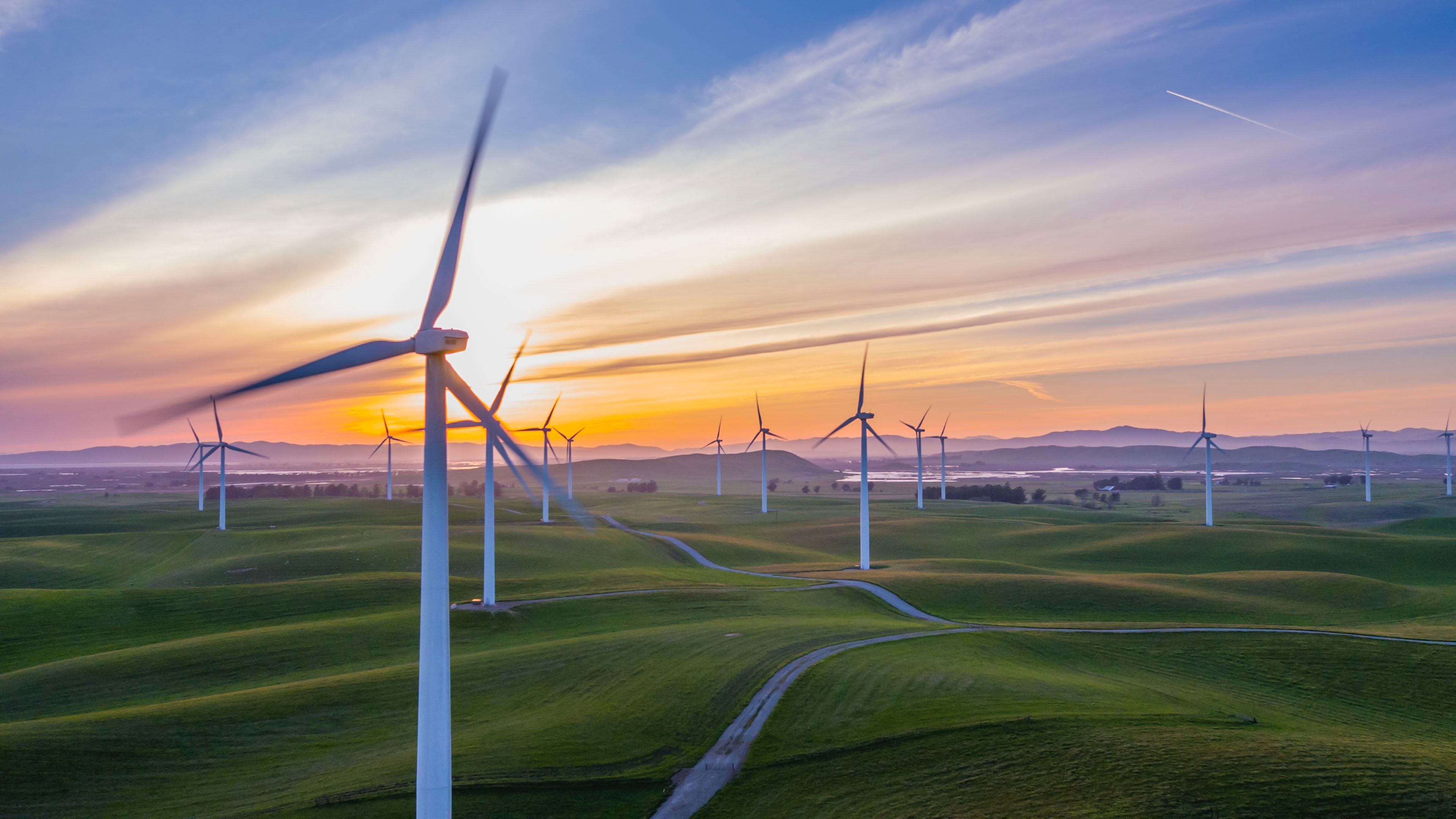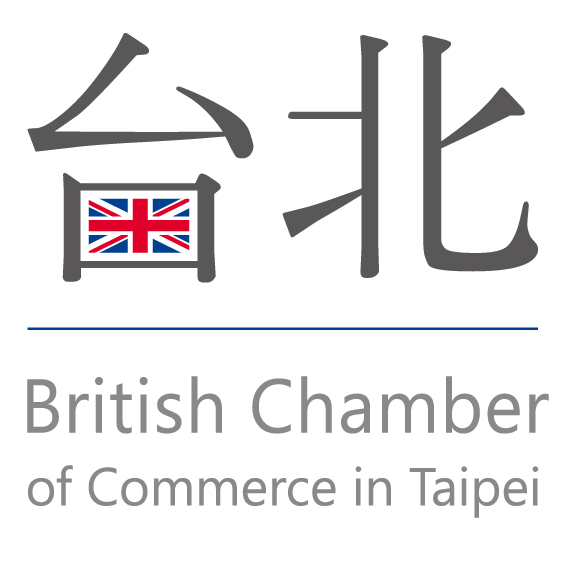Offshore wind – the Made in Britain challenge
The UK offshore wind sector is expanding rapidly, buoyed by the government’s target of a threefold increase in capacity by 2030 to 40 GW and the prospect of a fourth round of contract for differences awards later this year, in which offshore wind has a designated ‘pot’ of support to draw on. The sector’s expansion is creating new employment – by 2019 the sector was already supporting about 11,000 long-term, skilled jobs, and this could grow to as many as 27,000 by 2030. Moreover, as with any major industry, benefits in terms of indirect employment flow throughout the chain of companies which supply the services and equipment to offshore wind projects. Estimates suggest the sector could support as many as 69,800 direct and indirect jobs by 2026.
Made in Britain
A central aim of the government’s industrial strategy is to maximise those benefits by boosting the percentage of content sourced from companies operating in the UK. The intention is to build up an industry which can support the domestic sector and export goods and services as the global offshore wind industry expands. This ambition is in tune with the sector’s own needs. If it is to meet the ambitious 40 GW by 2030 objective, its supply chain must grow to support a more rapid rate of construction. Other European countries have ambitious expansion targets, which means UK suppliers will also have opportunities for exports.
In 2019, the Offshore Wind Sector deal was agreed with the government setting a target of 60% UK content over the life time of a wind farm commissioned from 2030 on the basis of the then target of 30 GW capacity by 2030. Already major developers, such as RWE Renewables, are targeting 50% UK content in their current projects, but doing so does not come without challenges.

Raising the 2030 capacity target from 30 GW to 40 GW provides more demand certainty for UK supply companies hoping to move into the sector and grab a slice of the action, but also means that the supply chain must expand even faster than originally envisaged. The UK is a world leader in offshore wind with more operational capacity than any other country. Current projects are already contributing billions of pounds of investment to the UK economy. However, many major components – wind turbine generators, foundations, substations, export and array cables – have historically come from countries like Denmark and Germany, where manufacturers of onshore machines successfully diversified into the newer offshore market.
To achieve the 60% target, and, more importantly, the jobs and investment the target implies, suppliers and developers need to develop new skills, competencies and partnerships. Clear capacity targets, funding support and investment in infrastructure, such as ports, all help to reduce the investment risk this entails.
Attracting equipment manufacturers
UK content is defined under the government’s content reporting methodology as the total undiscounted expenditure by the owner on a wind farm ultimately spent through contracts awarded to companies operating in the UK. This means that if major developers and equipment suppliers set up UK subsidiaries this adds to UK content, but it does not if a UK company wins work but contracts out to other companies or its own subsidiaries abroad.
